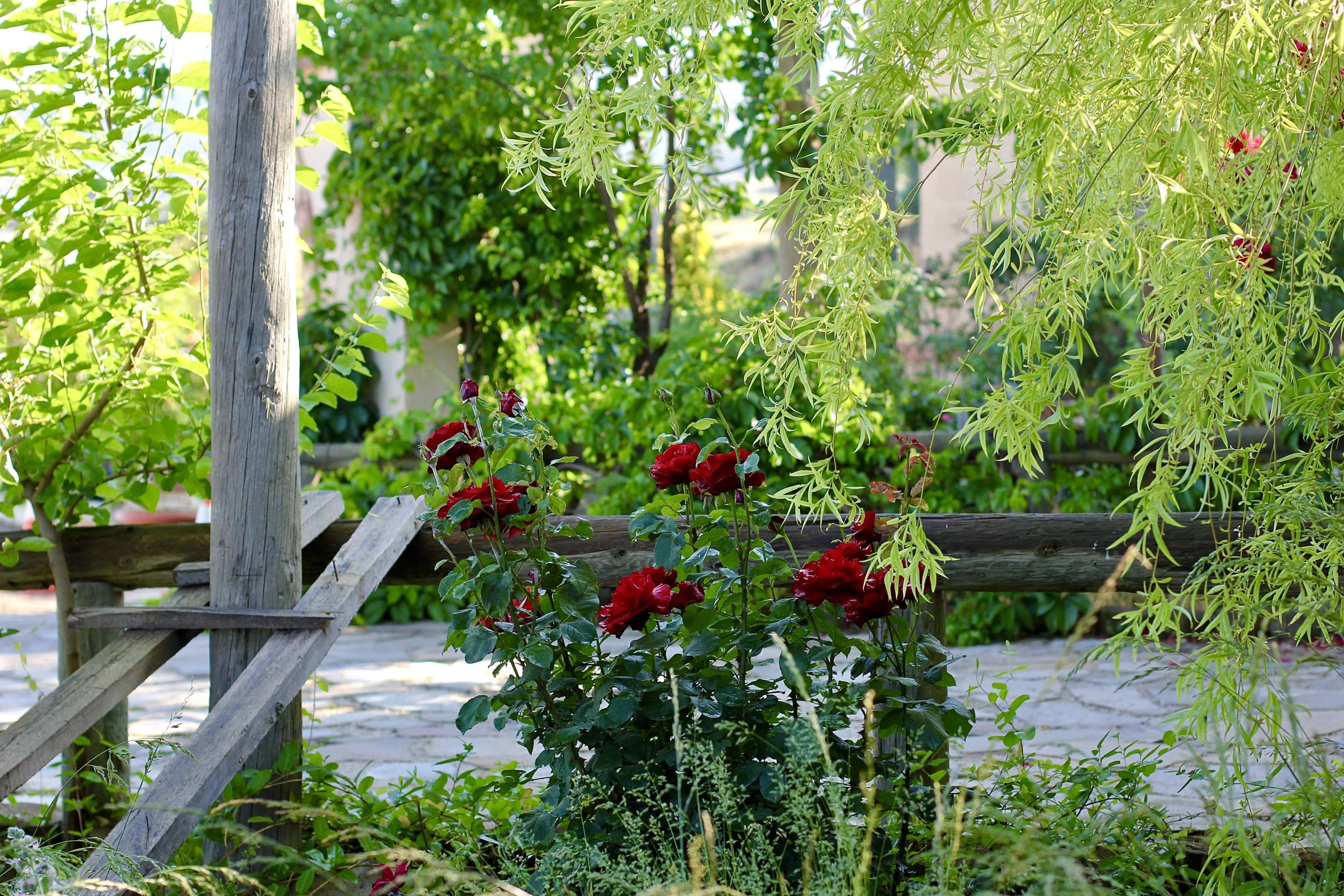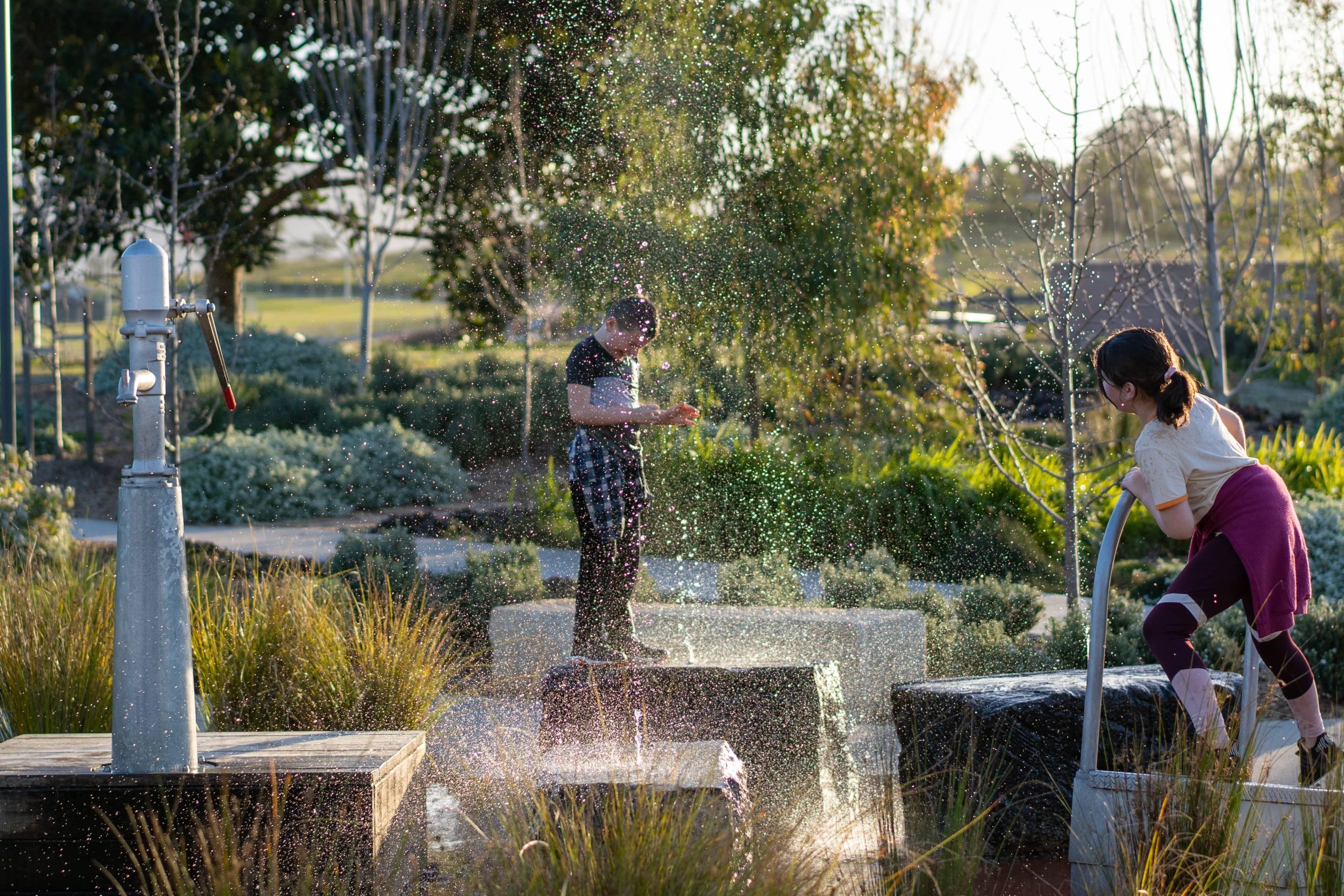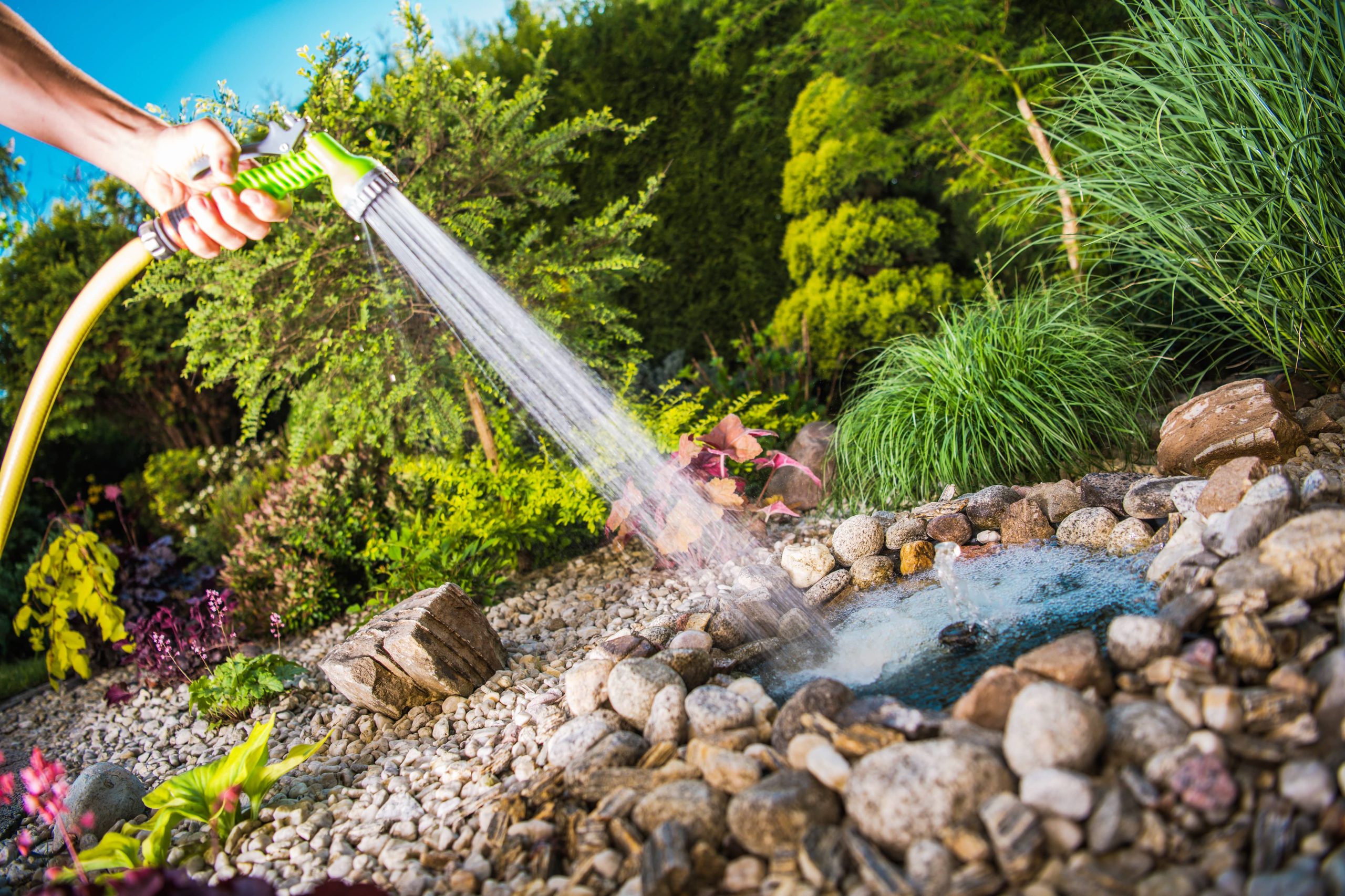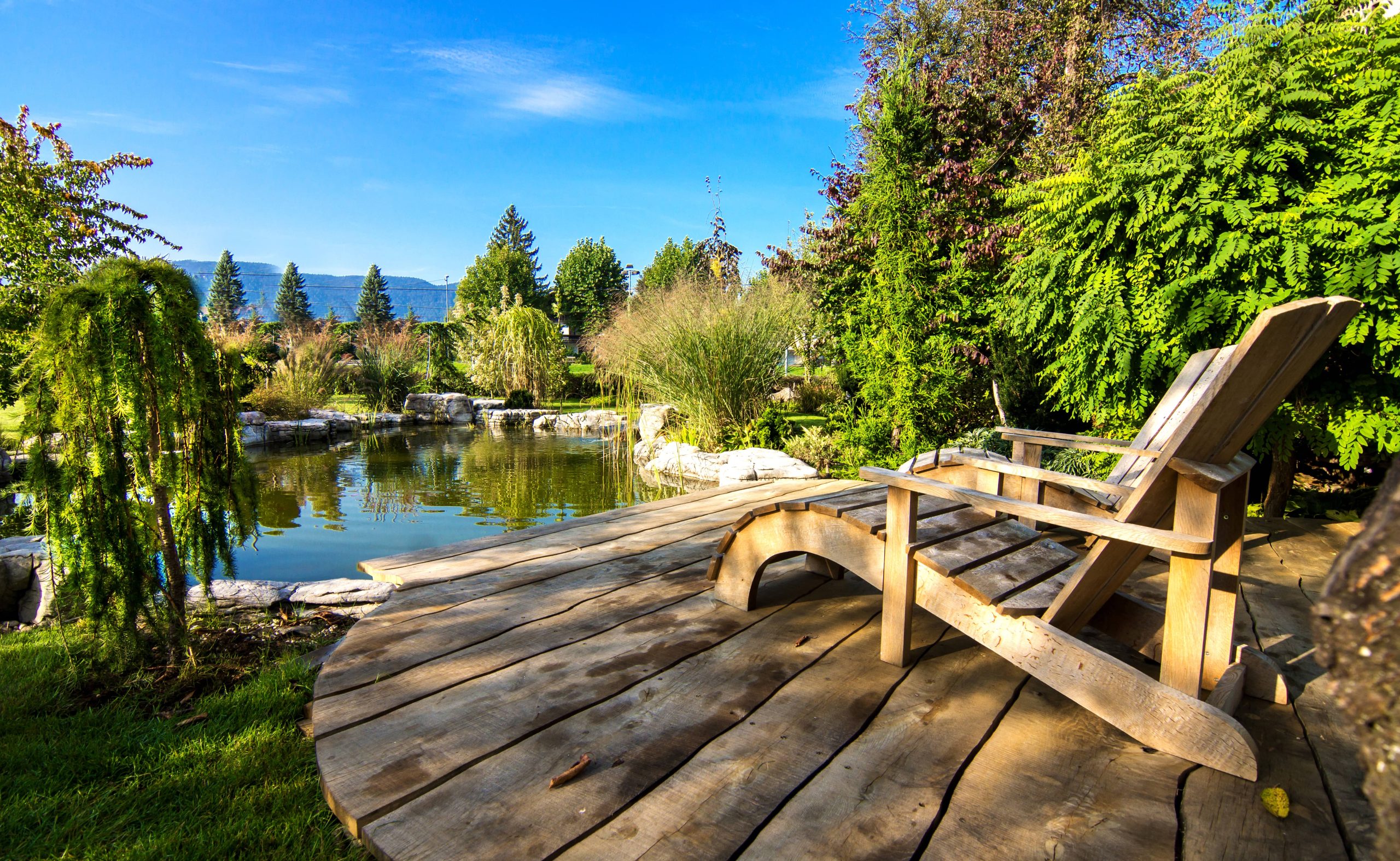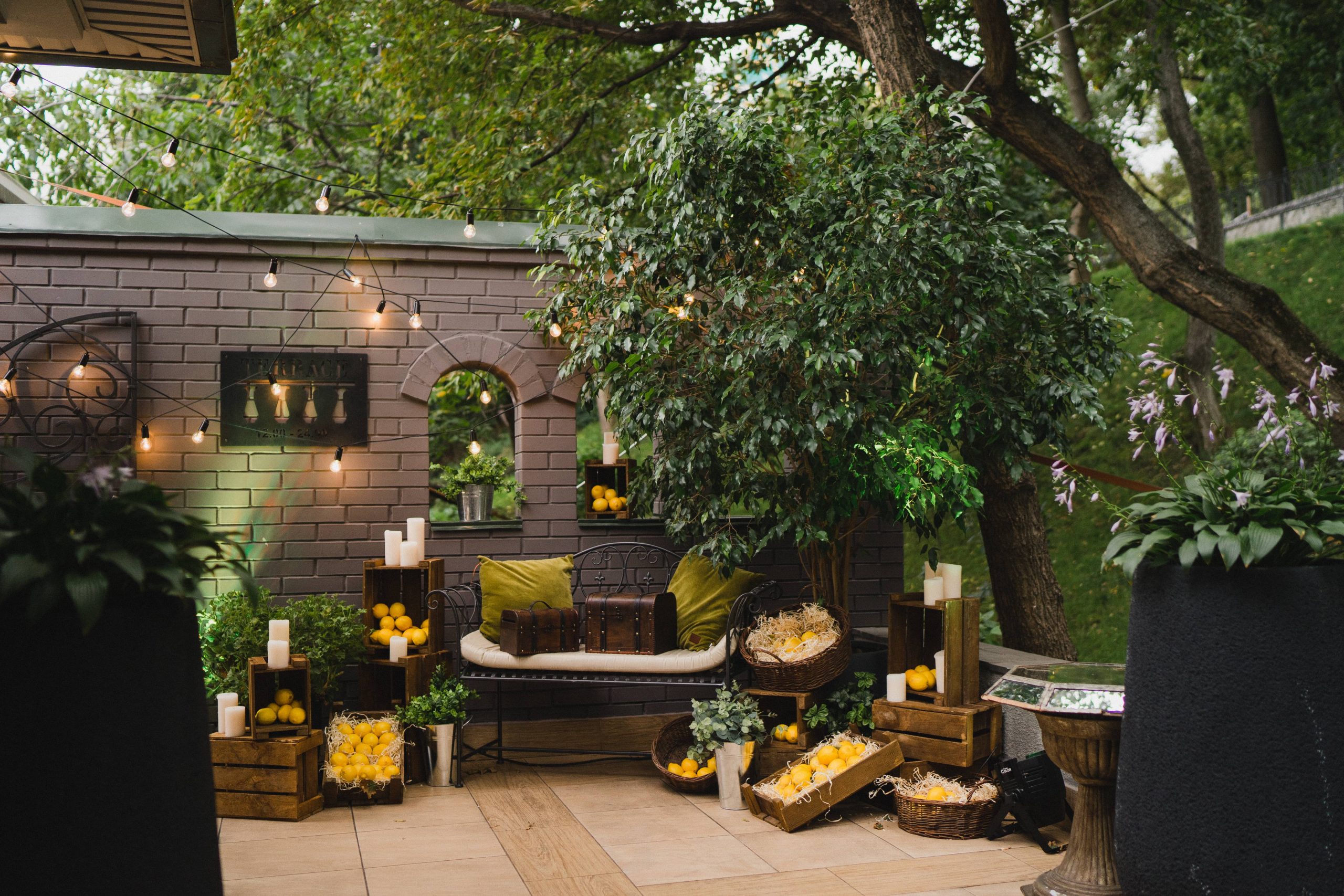
Gardens have an enchanting ability to transform outdoor spaces into personal havens of beauty and tranquility. Imagine having a garden that captivates throughout the year, showcasing each season’s unique charm. Whether you’re an experienced gardener or a novice with a green thumb, designing a garden with year-round appeal is an exciting endeavor. In this post, I’ll share insights and strategies that will help you craft a landscape that delights visitors no matter the time of year.
Understanding Seasonal Dynamics
Before diving into plant selection and layout design, it’s essential to understand your garden’s seasonal dynamics. Each season offers distinct opportunities for visual interest:
– Spring brings a burst of life as bulbs, perennials, and flowering trees herald the start of the growing season with vibrant colors and fragrances.
– Summer is often the most abundant season, featuring lush foliage, blooming flowers, and thriving fruit and vegetable gardens.
– Autumn is breathtaking with its palette of warm hues, as deciduous trees and shrubs transform into rich tapestries of gold, orange, and red.
– Winter may seem bleak at first but offers its own form of beauty. With thoughtful planning, you can enjoy evergreen structure, snow-dusted branches, and berries that provide food and color.
By acknowledging these dynamics, you can select plants that offer interest and continuity throughout the year.
Selecting a Diverse Plant Palette
To create year-round allure, diversity is key. A mix of trees, shrubs, perennials, and annuals ensures visual and textural interest through all four seasons. Consider the following ideas for each plant category:
Trees: The Anchors
– Spring: Choose flowering trees such as cherry blossoms or magnolias for vibrant early-year blooms.
– Summer: Opt for trees with interesting leaf shapes or colors, like Japanese maples.
– Autumn: Deciduous trees like oaks or maples provide stunning fall foliage.
– Winter: Evergreens such as pines or spruces maintain structure and color when much else is dormant.
Shrubs: The Subtle Support
– Spring: Azaleas and rhododendrons bloom profusely, adorning your garden with color.
– Summer: Hydrangeas offer large, showy blooms.
– Autumn: Use burning bush or smoke bush to add seasonal color.
– Winter: Holly and boxwood provide evergreen interest while some, like winterberry, add colorful berries.
Perennials: The Seasonally Shifting
– Spring: Daffodils and tulips are classic springtime staples.
– Summer: Perennials like coneflowers and daylilies thrive in the heat.
– Autumn: Use asters and chrysanthemums to extend the flower show.
– Winter: Plant hellebores for winter blooms in milder climates.
Annuals: The Flair Adders
– Incorporate annual flowers into beds and borders for additional color. Choose species that complement your perennials and change them seasonally to provide continuous blooms.
Designing for Visual Interest
The structure of your garden plays as crucial a role as the plants themselves. Consider the following design elements:
Layering
Layering plants by size and height gives depth and dimension to your outdoor space. In a traditional setup, you might place taller plants at the back of the border and gradually decrease height towards the front. For a more dynamic appearance, mix this up by positioning some tall or medium-sized plants at varying spots throughout the garden.
Focal Points
Every garden benefits from focal points that draw the eye. A well-placed statue, birdbath, or artistic feature creates a year-round point of interest. For a natural approach, use an eye-catching plant or group of plants with contrasting leaf shapes or colors.
Pathways and Edging
Incorporate pathways that guide exploration and interaction with the garden. Use materials that complement your home’s architecture and ensure pathways remain accessible throughout the year. Additionally, edging creates clean lines and structure, helping to define spaces and prevent plant sprawl.
Maintenance and Adaptation
Creating a garden with year-round appeal is as much about anticipation and flexibility as it is about initial design. Regular maintenance—pruning, mulching, dividing, etc.—keeps plants healthy and vibrant. Incorporating compost or mulch can enrich the soil, promote moisture retention, and minimize weeds.
Be prepared to adapt and try new things each season. Nature can be unpredictable, and what works one year may not the next. Embrace change as part of the process, whether it means adjusting plant placement, experimenting with new species, or embracing unexpected volunteer plants.
Wildlife-Friendly Spaces
Another way to ensure year-round beauty and interest is by creating wildlife-friendly spaces. Birds, butterflies, and beneficial insects keep your garden lively and promote ecological health. Plant a variety of native shrubs and flowers to offer food, shelter, and breeding spaces for local fauna. In return, these creatures contribute to your garden’s biodiversity and vitality.
Conclusion
Cultivating a garden with year-round appeal is a rewarding pursuit that enriches outdoor spaces throughout the seasons. By selecting a diverse palette of plants, focusing on design elements that enhance visual interest, and maintaining adaptability, you can create an appealing, dynamic, and robust garden. With patience and creativity, your garden will not only reflect the rhythms of nature but also become a source of delight and inspiration year after year. Happy gardening!

